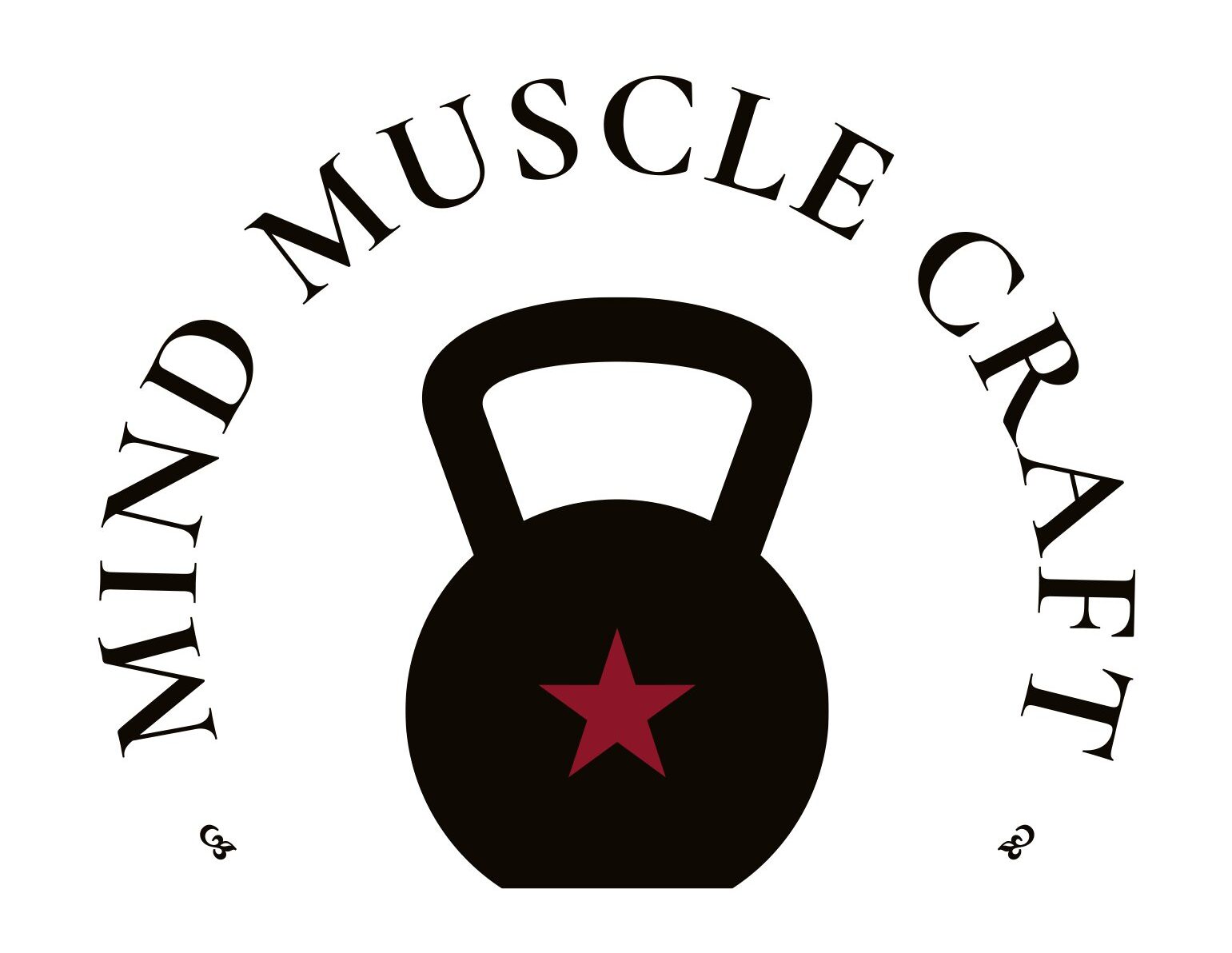Navigating the Landscape of Muscle-Building Supplements: What the Evidence Tells Us
Strong Evidence:
In the pursuit of maximizing muscle gains, athletes often encounter a myriad of dietary supplements promising extraordinary results. However, scientific scrutiny reveals a clear hierarchy of evidence supporting the efficacy and safety of various supplements.
At the top of the hierarchy are Creatine Monohydrate and Protein, consistently recognized for promoting significant gains in fat-free mass during resistance training. Essential Amino Acids (EAAs) also emerge as strong contenders, demonstrating the ability to increase protein synthesis, paralleling the effects of protein.
The story becomes nuanced with Calcium ß-HMB, displaying a modest impact on fat-free mass, particularly in untrained and elderly individuals. However, its efficacy in well-trained athletes remains a topic of debate, with mixed data suggesting potential benefits in reducing muscle catabolism and aiding recovery during intensified training.
Limited to Mixed Evidence:
The category of Limited to Mixed Evidence includes nutrients like Adenosine-5-Triphosphate, BCAAs, and Phosphatidic Acid, showing some promise in enhancing muscle mass during training. Yet, their effects fall short of the well-established combination of creatine monohydrate with protein .
Limited to No Evidence:
In the realm of Limited to No Evidence, caution is warranted. While there are indications that Adenosine-5-Triphosphate, BCAAs, and Phosphatidic Acid may have potential, further research is imperative to draw definitive conclusions.
It’s important to note that, despite the enticing claims of many marketed supplements, a robust approach to muscle mass gains involves participation in a progressive and periodized resistance training program, maintaining a positive energy balance, and strategically incorporating protein or EAAs with creatine. While some supplements hold promise, the foundation of effective muscle building remains rooted in a balanced and evidence-based approach.
summery:
Strong Evidence:
- Creatine Monohydrate:
- Consistently reported to promote greater gains in fat-free mass during resistance training.
- Protein:
- Consistently reported to promote greater gains in fat-free mass during resistance training.
- Essential Amino Acids (EAAs):
- Shown to increase protein synthesis.
- Likely to have similar effects as protein, supporting efficacy and safety.
- Calcium ß-HMB (Beta-Hydroxy Beta-Methylbutyrate):
- Reported to promote a modest increase in fat-free mass, especially in untrained and elderly individuals.
- May help preserve muscle mass in sarcopenic populations.
- Benefits in well-trained athletes are mixed, potentially related to reducing muscle catabolism and promoting recovery during intensified training.
Limited to Mixed Evidence:
- Calcium ß-HMB (Beta-Hydroxy Beta-Methylbutyrate):
- Data are mixed on whether it augments muscle mass gains during training in well-trained athletes.
- Adenosine-5-Triphosphate, BCAAs, and Phosphatidic Acid:
- Some limited evidence suggests they may enhance muscle mass during training.
- Adaptations are less than those typically reported with creatine monohydrate and protein.
Limited to No Evidence:
- Adenosine-5-Triphosphate, BCAAs, and Phosphatidic Acid:
- Additional research is needed to evaluate the impact of supplementing the diet with these nutrients on muscle mass changes during training.
- Other Muscle-Building Supplements:
- Most muscle-building supplements marketed to athletes have been shown to be ineffective and/or haven’t been sufficiently studied to make any recommendations.


Recent Comments